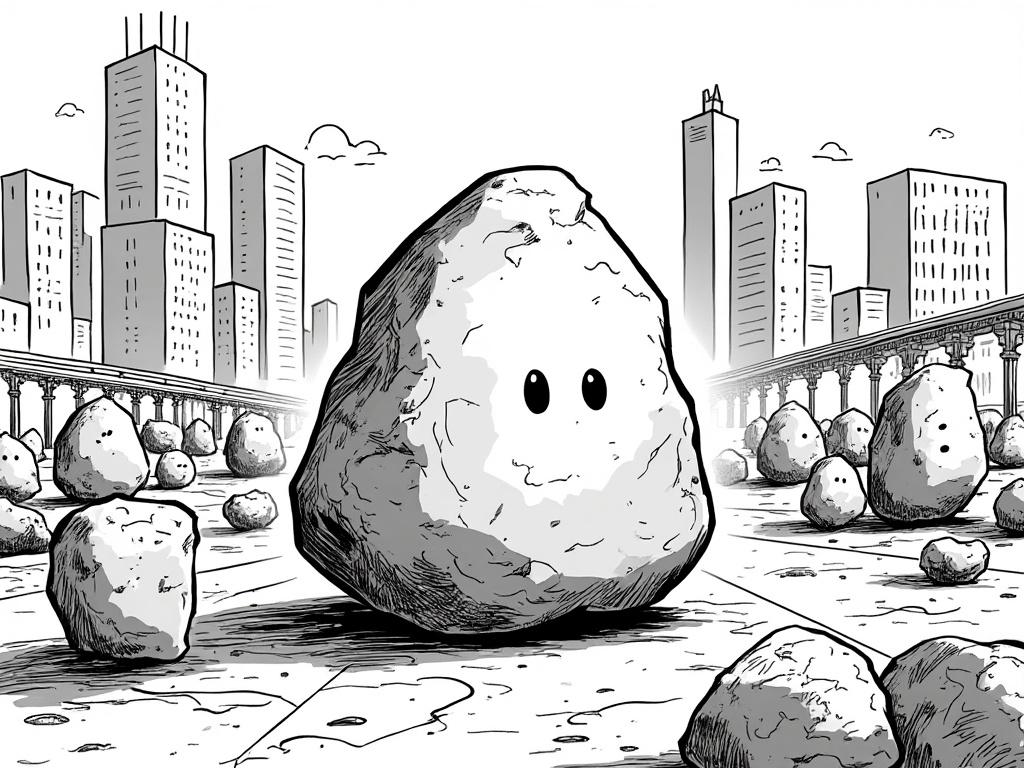
India Stone Exports to Greece: Construction Materials Trade Analysis
Reading time: 12 minutes
Table of Contents
- Market Overview: The Stone Trade Landscape
- Key Players and Export Dynamics
- Stone Product Categories in High Demand
- Navigating Trade Challenges and Opportunities
- Current Market Trends and Future Projections
- Practical Insights for Industry Stakeholders
- Strategic Roadmap for Market Success
- Frequently Asked Questions
Market Overview: The Stone Trade Landscape
Ever wondered why Greek construction projects increasingly feature Indian stone materials? You’re witnessing a fascinating trade relationship that’s reshaping Mediterranean construction aesthetics. The India-Greece stone trade represents a perfect storm of quality, affordability, and growing demand that’s creating unprecedented opportunities for both nations.
India’s stone exports to Greece have experienced remarkable growth, with marble, granite, and sandstone leading the charge. This isn’t just about numbers—it’s about how Indian craftsmanship meets Greek architectural vision, creating a synergy that benefits construction projects across Greece.
Understanding the Export Volume Dynamics
Let’s break down the reality: India exported approximately $2.8 million worth of stone materials to Greece in 2023, representing a 23% increase from the previous year. But here’s what those numbers don’t tell you—the quality revolution happening behind the scenes.
Consider this scenario: A luxury resort developer in Santorini needed premium marble for their new project. Traditional European suppliers quoted €450 per square meter. Indian suppliers delivered comparable quality at €280 per square meter, including shipping. That’s not just cost savings—that’s strategic advantage.
Export Value Comparison by Stone Type (2023)
$1.26M
$0.90M
$0.42M
$0.22M
Key Players and Export Dynamics
The India-Greece stone trade isn’t dominated by corporate giants—it’s driven by specialized regional players who understand both markets intimately. Rajasthan, Karnataka, and Andhra Pradesh emerge as the primary export hubs, each offering distinct advantages.
Regional Specialization Patterns
Here’s the straight talk: Success in this trade isn’t about being the biggest—it’s about strategic specialization. Rajasthan dominates marble exports with their renowned Makrana marble, while Karnataka leads in granite varieties that perfectly complement Greek architectural preferences.
| Export Region | Primary Stone Type | Market Share | Key Advantage | Average Price/m² |
|---|---|---|---|---|
| Rajasthan | Marble | 42% | Premium Quality | €285 |
| Karnataka | Granite | 35% | Durability | €195 |
| Andhra Pradesh | Sandstone | 18% | Unique Textures | €165 |
| Tamil Nadu | Granite | 5% | Processing Tech | €175 |
Greek Market Preferences and Adaptation
Quick scenario: Imagine you’re sourcing materials for flats for sale in greece. What stone characteristics matter most? Greek buyers prioritize aesthetic appeal, weather resistance, and maintenance ease—exactly where Indian suppliers excel.
The adaptation story is remarkable. Indian exporters have invested heavily in understanding Greek architectural nuances, leading to customized processing techniques that align with Mediterranean building standards.
Stone Product Categories in High Demand
Not all stones are created equal in the Greek market. Understanding demand patterns isn’t just useful—it’s essential for strategic positioning.
Premium Marble: The Luxury Segment
Indian marble, particularly from Rajasthan quarries, has found its niche in Greece’s luxury construction segment. Makrana marble, used in the Taj Mahal, now graces high-end Greek properties, commanding premium prices while still offering significant cost advantages over European alternatives.
Case Study: The Mykonos Grande Resort project imported 2,500 square meters of Indian Statuario marble, achieving 40% cost savings compared to Italian equivalents while maintaining comparable aesthetic quality.
Granite: The Workhorse of Construction
Granite exports represent the volume backbone of India-Greece stone trade. Black Galaxy, Absolute Black, and Tan Brown varieties have become staples in Greek construction, particularly for commercial projects and modern residential developments.
Navigating Trade Challenges and Opportunities
Let’s address the elephant in the room: trade isn’t always smooth sailing. The India-Greece stone trade faces specific challenges that smart operators turn into competitive advantages.
Logistics and Shipping Complexities
Stone transportation presents unique challenges—weight, fragility, and port handling requirements. Successful exporters have developed sophisticated logistics networks, often utilizing Nhava Sheva and Chennai ports for efficient Mediterranean routing.
Pro Tip: The right logistics partner isn’t just about moving products—it’s about preserving quality and managing costs. Leading exporters report 15-20% cost reductions through optimized shipping strategies.
Quality Assurance and Standards Compliance
Greek construction standards demand rigorous quality compliance. Indian exporters have responded by implementing CE marking processes and establishing quality control systems that often exceed European standards.
Here’s what many don’t realize: Quality compliance isn’t just about meeting minimum standards—it’s about building trust that enables premium pricing and long-term relationships.
Current Market Trends and Future Projections
The stone trade landscape is evolving rapidly, driven by changing construction preferences and economic factors.
Sustainability and Environmental Considerations
Greek buyers increasingly prioritize sustainable quarrying practices and environmental certifications. Indian exporters are responding with eco-friendly initiatives, including water recycling systems and renewable energy adoption in processing facilities.
Technology Integration in Processing
Advanced cutting and finishing technologies are revolutionizing the trade. Indian processors now offer 3D templating and precision cutting services, reducing waste and ensuring perfect fit for Greek construction projects.
Practical Insights for Industry Stakeholders
Ready to transform market knowledge into actionable strategy? Here are insights that separate successful operators from the rest.
For Indian Exporters
- Market Intelligence: Establish direct relationships with Greek architects and contractors
- Quality Positioning: Invest in certifications that command premium pricing
- Logistics Optimization: Develop consolidated shipping strategies to reduce per-unit costs
For Greek Importers and Contractors
- Supplier Diversification: Build relationships with multiple Indian regions for supply security
- Quality Verification: Implement site visit protocols for quarry and processing facility assessment
- Inventory Management: Plan seasonal procurement to optimize pricing and availability
Strategic Roadmap for Market Success
The India-Greece stone trade isn’t just surviving—it’s thriving by adapting to market realities and embracing innovation. Success requires strategic thinking that goes beyond traditional import-export models.
Your Action Plan for 2024 and Beyond
1. Quality-First Positioning
Focus on premium segments where Indian stone materials can command higher margins. Invest in certifications and quality systems that differentiate your offerings from commodity players.
2. Relationship Building
Develop long-term partnerships rather than transactional relationships. The most successful operators report that 70% of their business comes from repeat customers who value reliability over rock-bottom pricing.
3. Technology Integration
Embrace digital tools for quality documentation, logistics tracking, and customer communication. Modern buyers expect transparency and real-time information access.
4. Sustainability Leadership
Position yourself ahead of regulatory changes by adopting sustainable practices now. Environmental compliance will become increasingly important in European markets.
5. Market Intelligence Systems
Develop systematic approaches to understanding market trends, pricing fluctuations, and competitive dynamics. Information advantage often translates to profit advantage.
The stone trade between India and Greece represents more than just commercial exchange—it’s about building bridges between ancient civilizations with modern business acumen. As Greek construction continues evolving and Indian processing capabilities advance, those who adapt strategically will find themselves at the forefront of a growing and profitable market.
What steps will you take to position yourself advantageously in this dynamic market? The opportunities are substantial, but they require thoughtful strategy and consistent execution to capture.
Frequently Asked Questions
What are the main quality standards Indian stone exporters must meet for the Greek market?
Indian exporters must comply with EU construction product regulations, including CE marking requirements for natural stone products. Key standards include EN 12058 for dimensional stone characteristics and EN 1469 for natural stone products. Additionally, Greek buyers often require certifications for compressive strength, water absorption rates, and frost resistance, particularly for exterior applications in Mediterranean climates.
How do shipping costs impact the competitiveness of Indian stone in Greece?
Shipping typically represents 15-25% of total delivered costs, but strategic logistics management significantly impacts competitiveness. Successful exporters utilize consolidated container shipping from major Indian ports like Nhava Sheva to Piraeus, achieving economies of scale. The key is optimizing container utilization and establishing reliable freight partnerships that ensure damage-free delivery, as replacement costs can quickly erode profit margins.
Which Indian stone varieties show the strongest demand growth in Greek construction projects?
Makrana marble leads premium segment growth, particularly for luxury residential and hospitality projects. In the volume segment, Black Galaxy granite and Tan Brown granite show consistent demand for commercial applications. Emerging opportunities exist in textured sandstone varieties for exterior cladding applications, as Greek architects increasingly seek distinctive natural finishes that complement traditional Mediterranean architecture while offering modern durability.

Article reviewed by Arthur Pembridge, Agricultural Land Investor | Sustainable Farming & Timberland, on June 1, 2025




